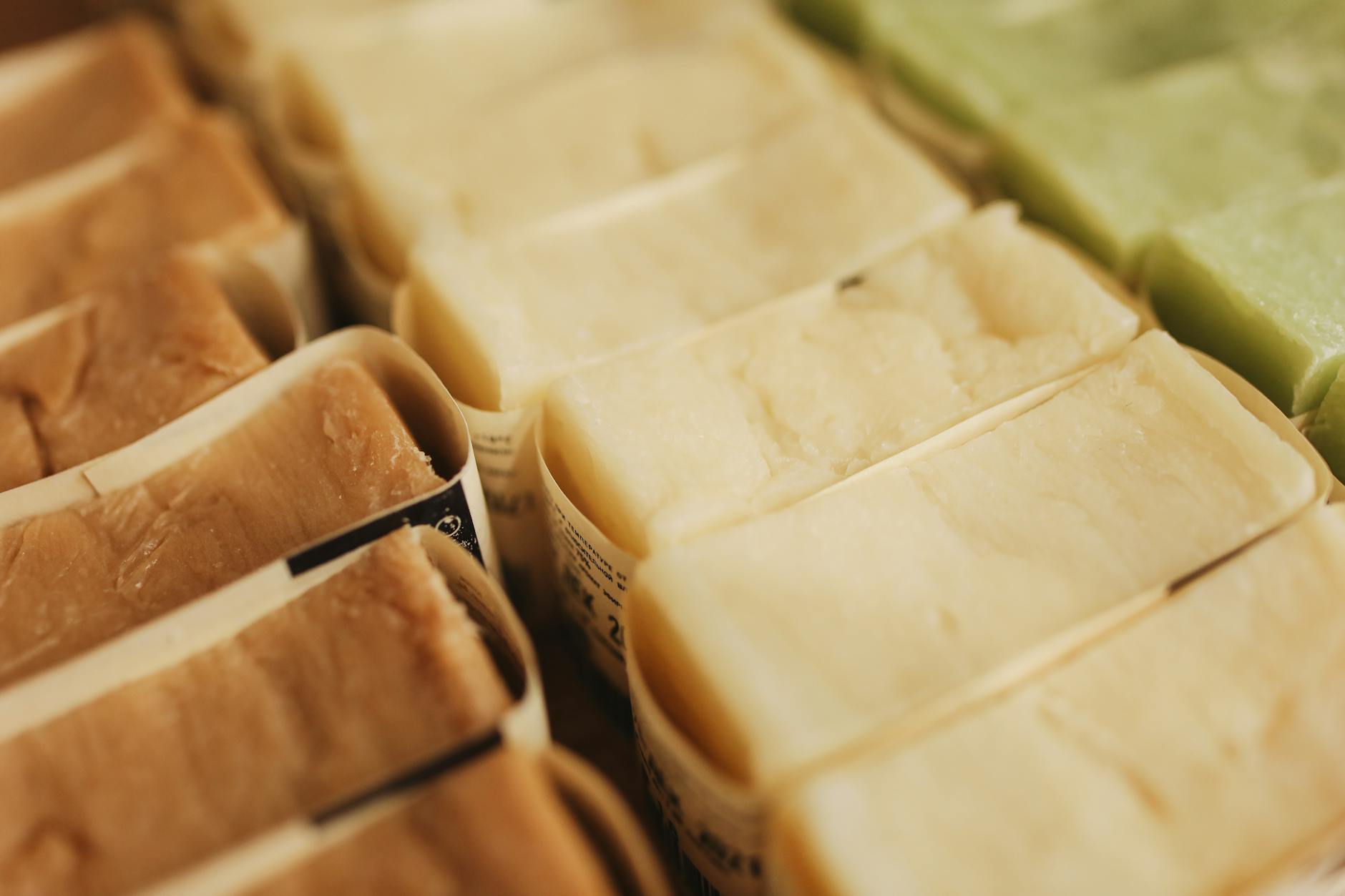Why Australia’s Outdoor Enthusiasts Prefer Natural Sun Protection

Benefits of Natural Sun Protection
Exploring natural sun protection is paramount for those who cherish Australia's pristine marine environments, like the Great Barrier Reef, and outdoor spaces, such as Fitzroy Island National Park. As an advocate for the environment, I often stress the significance of 'reef-safe' options, especially when educating about sun care. Many opt for zinc sunscreen as it's not only effective in blocking harmful UV rays but also gentle on coral ecosystems. Unlike conventional sunscreens, which may contain ingredients harmful to marine life, natural options significantly reduce the environmental footprint.
Besides the ecological benefits, natural sun protection offers a range of health advantages. Formulations using mineral-based ingredients tend to be less irritating on the skin, making them an excellent choice for sensitive individuals, including children. Similarly, options like kids sunscreen are designed to protect delicate skin while ensuring no harmful chemicals impact their health.
A pivotal advantage lies in its suitability for an active lifestyle. Whether hiking through the lush landscapes on the Kuranda Scenic Railway or diving off Cairns' coast, these sunblocks provide reliable protection without sacrificing safety or the environment. As you reconnect with nature, it's essential to consider how our sun care choices can either harm or help preserve the stunning beauty around us. By choosing wisely, we become part of the solution to maintain these ecosystems for generations to come.
Formulation Considerations
Key Ingredients
Using natural sun protection not only helps shield our skin but also protects the delicate ecosystems of the Great Barrier Reef. The choice of ingredients plays a critical role in this. For instance, zinc oxide and titanium dioxide are considered safe mineral options that reflect harmful UV rays away from the skin while being less damaging to marine life. However, it's important to examine the labels, as some products labeled "natural" may still contain baby sunscreen that includes harmful chemicals like oxybenzone and octinoxate, which can prove detrimental to coral reefs. Opting for formulations that focus on natural, organic components aligns with our goal of being environmentally responsible at Fitzroy Island National Park.
Potential Allergens
When exploring natural sun care options, keeping an eye on potential allergens makes the selection process even more vital. Some individuals may react to certain essential oils or natural extracts often used as fragrances or preservatives. For those with sensitive skin, patch testing a new product before full application is recommended. This ensures that the product will complement your adventurous lifestyle while safeguarding your skin and the environment.
Absorption Dynamics
Natural sunscreens, being mineral-based, tend to sit on the skin's surface, creating a physical barrier. This characteristic sometimes results in a white cast, which isn't ideal but indicates active protection. Proper application diminishes this effect — a small price for safeguarding coral ecosystems like those around Kuranda Scenic Railway. With informed choices, we can enjoy our outdoor adventures while respecting our planet's needs.
Application Techniques
Effective Application Steps
Applying sunscreen effectively is crucial, especially if you’re planning a day exploring the wonders that Cairns, Queensland has to offer, like the breathtaking Kuranda Scenic Railway. Ensuring you apply a reef safe sunscreen not only safeguards your skin but protects our marine environments as well. Begin with a generous layer applied at least 20 minutes before sun exposure. Pay special attention to often-overlooked areas such as the ears, neck, and tops of your feet. Spreading the sunscreen evenly ensures all parts of your skin are covered, reducing the risk of missed spots.
Reapplication Tips
Frequent reapplication is key, particularly after activities like swimming or sweating. For optimum protection, reapply every two hours, more often if you're engaging in water sports or heavy perspiration. Remember, even if a product is labeled as water-resistant, it doesn’t mean it’s sweat-proof. Keeping a small bottle of sunscreen in your bag is an excellent strategy for touch-ups on those spontaneous outdoor adventures.
Best Practices for Outdoor Activities
Whether hiking through Fitzroy Island National Park or enjoying the beautiful beaches of Cairns, it’s important to integrate practical sun care solutions into your routine. Choose clothing that offers UPF protection, complementing your sunscreen application. Additionally, wearing a wide-brimmed hat and UV-blocking sunglasses adds an extra layer of defense against harmful rays. Adopting these habits helps keep you environmentally responsible while you relish all that nature has to offer.
Common Challenges
Identifying Reliable Products
As someone deeply invested in marine conservation, understanding the nuances of natural sunscreen is essential. One challenge is sourcing products that genuinely claim to be reef safe. To ensure sunscreen choices align with environmental values, scrutinising labels for harmful ingredients like oxybenzone and octinoxate is crucial. Look for formulations prioritising non-nano zinc oxide, a mineral that offers effective UV protection without harming coral reefs. Trustworthy products often include certifications from organisations such as the Vegan Society or are endorsed by eco-driven groups.
Balancing Protection and Use
Those who spend considerable time outdoors, particularly Australians enjoying the stunning landscapes, face another challenge: balancing effective sun protection with comfortable use. Natural sunscreens can sometimes be thicker or less water-resistant than standard options. It’s a trade-off for health and environmental benefits. Selecting a cream with high SPF and water resistance, specifically designed for active lifestyles, can provide sufficient protection while accommodating outdoor pursuits, whether it's surfing off the coast of Perth or hiking nearby nature trails.
Weather Considerations
Weather variations pose their own challenges when relying on natural sun protection. Natural sunscreens might require more frequent applications, especially on hot, humid days, as their ingredients can diminish with sweat and prolonged exposure. Monitoring the climate and tailoring your sun care routine accordingly ensures optimal protection against UV rays. Understanding these challenges equips us with practical sun care solutions, fostering both personal health and environmental responsibility.
Eco-Friendly Sun Care Checklists
Decoding Product Labels
When you embark on your outdoor adventures at places like Fitzroy Island National Park, understanding sun care labels is key. Look for products labelled as "reef-safe" to ensure they won't harm the Great Barrier Reef or other vital ecosystems. Check the ingredient list for harmful chemicals such as oxybenzone or octinoxate, which have adverse effects on marine life. Instead, opt for mineral-based formulations containing zinc oxide or titanium dioxide, as these are both effective at protecting against UV rays and gentle on the environment.
Certifications to Consider
Exploring the lush rainforests of the Kuranda Scenic Railway serves as a reminder of our responsibility to preserve nature. Look for certifications like the Global Organic Textile Standard (GOTS) or the EcoCert stamp on your sun care products. These certifications ensure that the products meet rigorous environmental and ethical standards during production. Supporting brands with local certifications helps you contribute positively to preserving our natural heritage.
Assessing Personal Impact
Embrace the role of an environmentally responsible outdoor enthusiast. When choosing sun protection, consider the broader impact on your personal health, community, and environment. Are you gravitating towards products with recyclable packaging? Are your choices supporting eco-sensitive suppliers? Making these considerations part of your personal routine fosters a mindset that goes beyond just shielding your skin—it contributes to a sustainable future for the landscapes you cherish.


